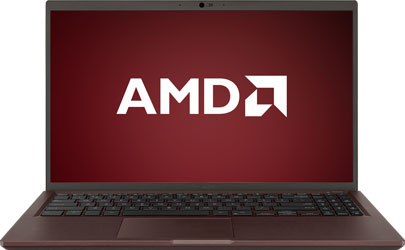- Joined
- Jun 2, 2017
- Messages
- 9,828 (3.31/day)
| System Name | Best AMD Computer |
|---|---|
| Processor | AMD 7900X3D |
| Motherboard | Asus X670E E Strix |
| Cooling | In Win SR36 |
| Memory | GSKILL DDR5 32GB 5200 30 |
| Video Card(s) | Sapphire Pulse 7900XT (Watercooled) |
| Storage | Corsair MP 700, Seagate 530 2Tb, Adata SX8200 2TBx2, Kingston 2 TBx2, Micron 8 TB, WD AN 1500 |
| Display(s) | GIGABYTE FV43U |
| Case | Corsair 7000D Airflow |
| Audio Device(s) | Corsair Void Pro, Logitch Z523 5.1 |
| Power Supply | Deepcool 1000M |
| Mouse | Logitech g7 gaming mouse |
| Keyboard | Logitech G510 |
| Software | Windows 11 Pro 64 Steam. GOG, Uplay, Origin |
| Benchmark Scores | Firestrike: 46183 Time Spy: 25121 |
I was talking about the 8700G and 8600G. What you are talking about is really a non issue as 3600s were not expensive when the 6500Xt launched. You could even use a 3100 and get 4.0 support. I bought the 6500XT at launch for $229, the time the 6600 was over $600. The main thing with the 6500XT is Freesync support on 4K TVs.Probably the worst idea you can have, it's known to be extra sensitive to PCIe bandwidth since it's limited to just 4 lanes. Raven, Picasso, Renoir and Cezanne are all limited to gen 3, which will hurt its already bad performance even further.













